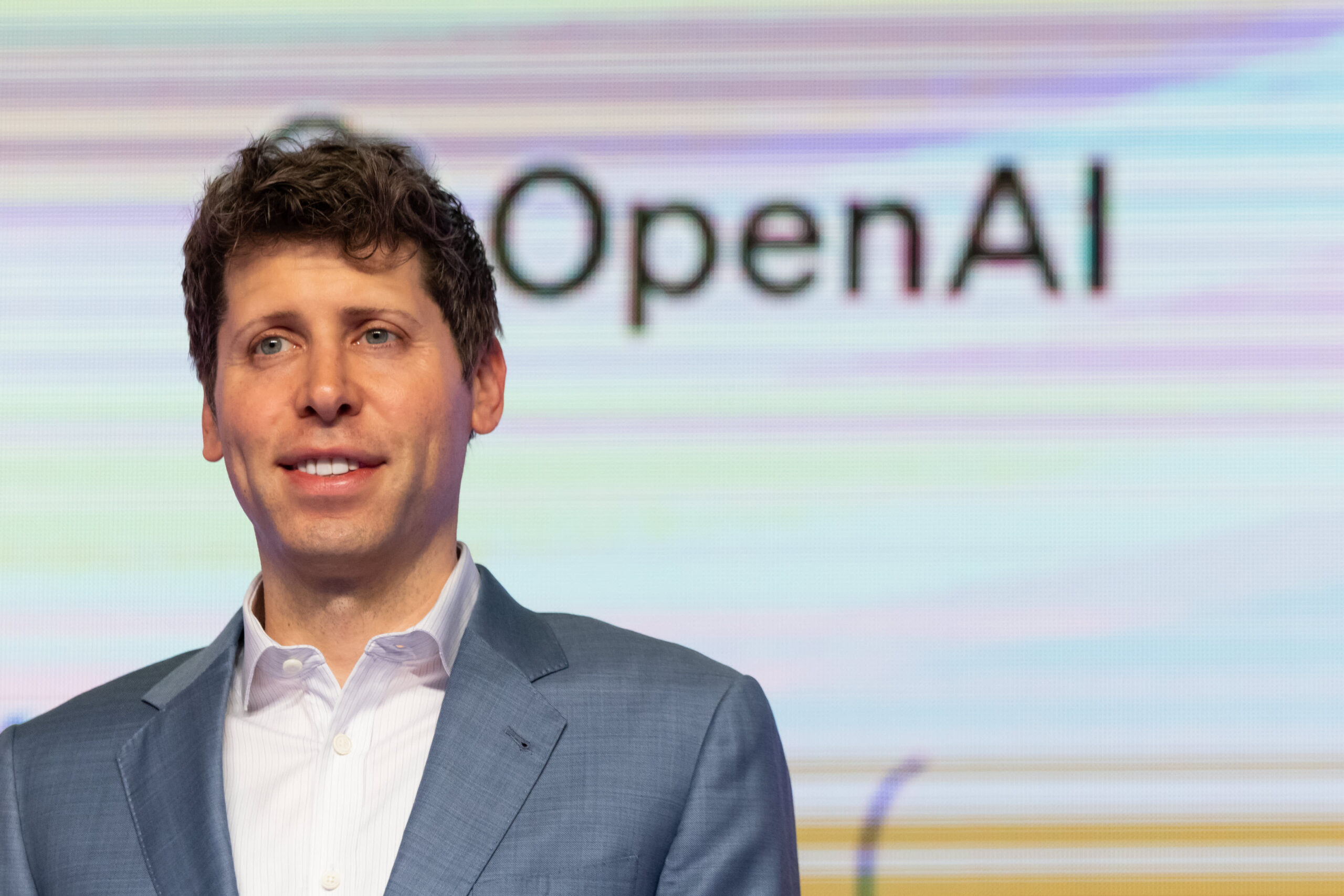In an unexpected turn of events, Sam Altman, co-founder of OpenAI, is set to resume his role as CEO just days after being ousted by the company’s board. This surprising decision, still pending formal approval, also involves appointing new board members, marking a significant shift in the organization’s leadership structure.
Altman’s abrupt removal from the helm of OpenAI had sent shockwaves through the tech industry, triggering concerns both within the company and among industry observers. Some employees even threatened mass resignations unless Altman was reinstated, highlighting the internal turmoil that followed his dismissal.
In a statement posted on X (formerly Twitter), Altman expressed his eagerness to return to OpenAI, emphasizing his dedication to the organization’s mission. He stated, “I love OpenAI, and everything I’ve done over the past few days has served to keep this team and its mission together.”
The events leading to Altman’s removal began when the board decided to relieve him of his duties. This move subsequently led to the resignation of co-founder Greg Brockman. The three non-employee board members primarily made the decision: Adam D’Angelo, Tasha McCauley, and Helen Toner, along with Ilya Sutskever, another co-founder and the company’s chief scientist.
However, just days after Altman’s dismissal, Ilya Sutskever publicly apologized on X. He endorsed a staff letter demanding the board reverse its decision. This unexpected twist added further complexity to the situation.
Meanwhile, Microsoft, a significant investor in OpenAI and a user of its technology in various products, further complicated the matter by offering Altman a position leading a new advanced AI research team within the tech giant.
On Wednesday, OpenAI announced that it had agreed in principle to Altman’s return to the company. This decision also entails partially restructuring the board of directors that initially removed him from his role. The reconstituted board will include former Salesforce co-CEO Bret Taylor and former US treasury secretary Larry Summers, joining current director Adam D’Angelo.
During the turmoil, Emmett Shear, who served as OpenAI’s interim chief executive, expressed his satisfaction with Altman’s return after what he described as “72 very intense hours of work.” Microsoft CEO Satya Nadella voiced his support for the changes to the OpenAI board, calling them a crucial step toward more stable and effective governance.
Reactions from OpenAI staff have been mixed but generally optimistic. Some expressed enthusiasm for the development, while others acknowledged the potential damage the incident could have caused to OpenAI’s reputation and recruitment efforts.
OpenAI, known for creating the widely used chatbot ChatGPT, plays a crucial role in the AI landscape. Many businesses and projects rely on its technology.
The recent upheaval has also raised questions about OpenAI’s decision-making process, particularly regarding the authority of a small group of individuals to make decisions that significantly impact a multi-billion-dollar technology company. The organization’s unique structure, initially established as a non-profit with a mission focused on safe artificial general intelligence for the benefit of humanity, has come under scrutiny amid this controversy.
While Sam Altman’s return to OpenAI clarifies the situation, many observers still call for more transparency and communication from the board regarding the events that transpired. Tesla CEO Elon Musk is among those urging the board members to provide a more detailed explanation of their actions.
OpenAI faces rebuilding trust and stability within the organization and the broader tech community as the dust settles. The story of Altman’s departure and return serves as a reminder of the complexities and challenges that arise in the development and governance of advanced artificial intelligence technologies.
For more tech news and insights, visit Rwanda Tech News, and explore similar topics and trends in the world of technology.



